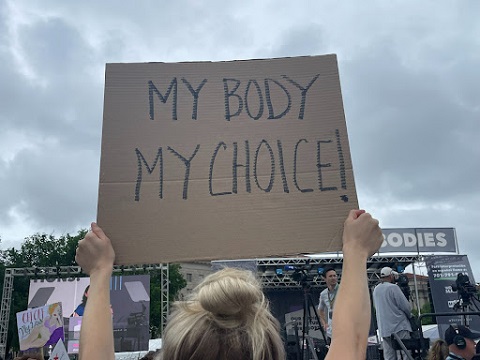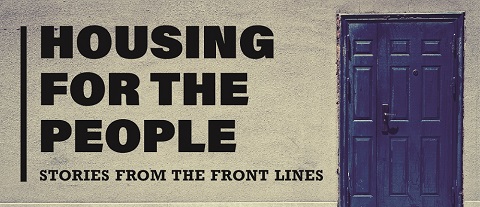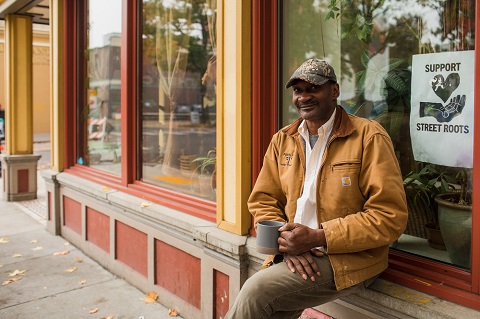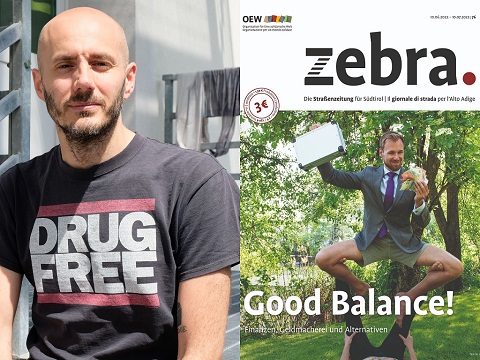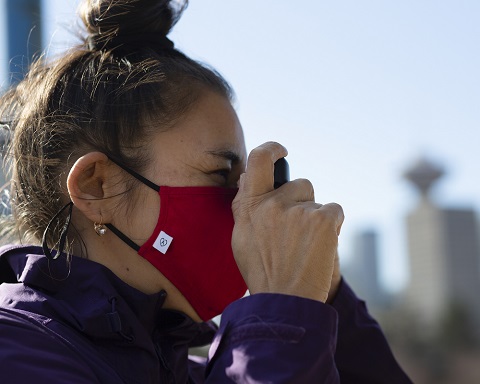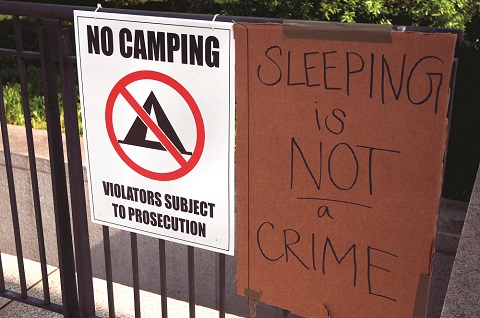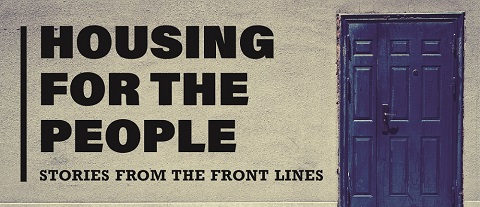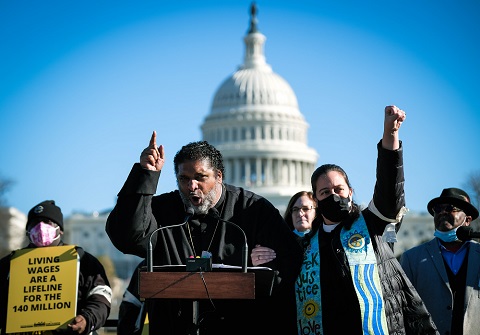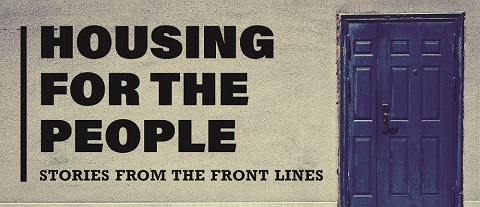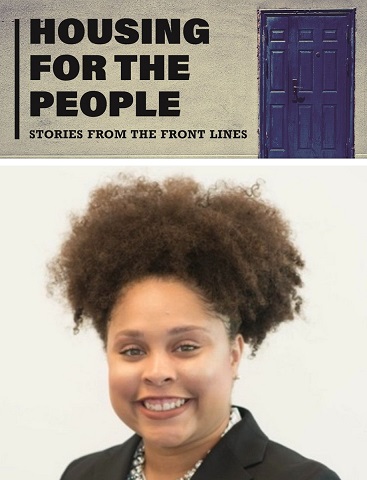By Israel Bayer
Director, INSP North America
In the third week of December, Alvin Robinson, a 61-year old man, was the 680th man to die homeless on the streets of L.A. County in 2019. 680! The number of homeless people who have died in L.A. County since 2013 has now surpassed 5,620.
There’s more.
In Seattle’s King County, since 2012, 891 people have died on the streets. In Multnomah County, Portland, 530 people since 2011. In San Diego County, 767 since 2010. In San Francisco County, 400 since 2016. These aren’t estimates. These are real numbers by health officials.
The City of Philadelphia released a new report on 18 December showing annual deaths among Philadelphians experiencing homelessness more than tripling since the city began gathering data, from 43 in 2009 to 132 in 2018. For 2019, 275 people were remembered by advocates at the local Homeless Persons Memorial Day vigil. Similar memorials, which are held annually, occurred across the country on 21 December.
In the nation’s capital, advocates remembered 81 individuals during the local vigil, but data obtained by The Washington Post through a Freedom of Information Act (FOIA) request showed that at least 117 people had died without a home in the District of Columbia that year.
![Scenes from the Washington, D.C., memorial. [Credit: Rodney Choice]](https://hub.insp.ngo/wp-content/uploads/2020/01/INSP_Homeless-deaths-US_2.jpg)
According to reports from street papers in other cities across the US, 150 people in Seattle, and 98 in Nashville, died while homeless in 2019.
Thousands more are dying on the streets annually across America. No one should die in America without a safe place to call home. These are our mothers, fathers, sons and daughters. They are our neighbors and friends, citizens of the United States of America. It’s both a national disgrace and a wake-up call to prioritize massive investments in housing at every level of government in the U.S.
These deaths can be traced directly to the federal government choosing not to prioritize affordable housing/housing justice – leaving millions of Americans to fend for themselves and experience the hell that is homelessness.
Since the 1980s feds have cut billions of dollars for housing for people with low-incomes, leaving local communities to carry the water for what was once a federal priority. Abandoning the idea of housing as public infrastructure meant to support society.
Research shows that the average age for most people dying on the streets is between 45 and 55 years old. You would have to go back to the beginning of the 20th century to find a group of people dying en masse at that average age in America.
“There are too many, too young, and they’re preventable,” said Paul Lewis, of the Multnomah County Health Department. “These are things in your heart, you think, this shouldn’t be happening.” It’s true. Why is this happening?
![Scenes from the Philadelphia memorial. [Credit: Ted Goldman]](https://hub.insp.ngo/wp-content/uploads/2020/01/INSP_Homeless-deaths-US_6.jpg)
The causes of death for many people on the streets include natural causes, suicide, homicide, and hypothermia – all things that could be prevented with adequate healthcare and housing in America.
Moreover, homeless people tend to experience the type of medical conditions that are common for people 20 years their senior, according to the deputy director of a Washington, D.C., non-profit focused on ending chronic homelessness.
“So, on average, someone who’s 55 is experiencing the type of health conditions — whether that’s diabetes or heart conditions or other medical conditions — as someone who is 75,” said Adam Rocap of Miriam’s Kitchen in a 2 January interview broadcast on The Kojo Nnamdi Show. “And when you’re without housing and it’s harder to get treatment or see your doctor, follow-up, I mean, that’s some of the things that lead to people dying at higher rates than they would if they were housed.”
![Pictures and flowers honor people who died while homeless in Nashville in 2019. [Credit: Hannah Herner]](https://hub.insp.ngo/wp-content/uploads/2020/01/INSP_Homeless-deaths-US_1.jpg)
Homelessness can cause mental and physical illness because a person becomes isolated, loses dignity and feels they have nowhere to go, said Maxica Williams, a single mother with four children. Her family was homeless in Chicago from January to August 2016 while she fought breast cancer. Sixty-six people were remembered at Chicago’s annual vigil in 2019.
Williams is now a representative of the Chicago Coalition for the Homeless and urged Chicago’s congregation to keep fighting to bridge the gaps in services, “to always see the person, not the situation they’re in.” She continued, “housing is a human right,” which helps a homeless person’s dignity and excitement for life
The United States Preventive Services Task Force says “key morbidities” and causes of mortality among those who are homeless include cardiovascular disease, infectious diseases, substance abuse and mental health issues. These types of poor health outcomes are often related to lack of access to stable housing, nutritious foods, transportation, employment, access to quality health care services and treatment, and health insurance.
Additional reporting by Emily Taylor (One Step Away), Suzanne Hanney (StreetWise), Hannah Herner (The Contributor) and Ashley Archibald and Lily Hansen (Real Change)
Street Sense, One Step Away, The Contributor and Real Change all contributed to INSP North America’s Homeless Persons Memorial Day coverage.







